Parasites that live in and near your bed
Categories: Health and Medicine | World
By Pictolic https://pictolic.com/article/parasites-that-live-in-and-near-your-bed1.htmlMy house is my fortress, and the bed in it is the main bastion. That's what real stay-at-home people say and make a terrible mistake. After all, besides them, millions of microorganisms live in their "fortress", many of which can provoke serious diseases. So, before you hide from the horrors of the crisis, problems at work and love failures under the blanket, make sure that there is no infection waiting for you there.
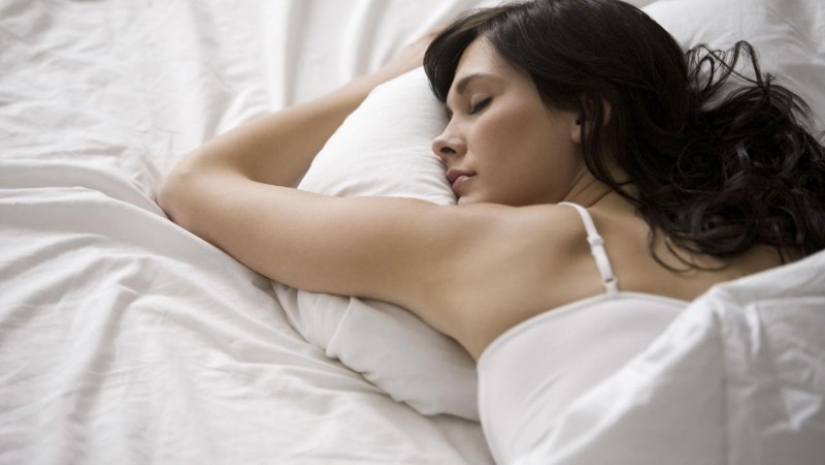
Each of us has at least once heard about the multitude of bacteria that accumulate in bed linen during use. But few people think about what exactly threatens to sleep on stale pillowcases and sheets. American researchers decided to fill this gap in education and analyzed 50 pillows of students from 25 colleges. And 350,000 (!) colonies of bacteria and 91,000 clusters of fungi were found in each of them.

Most of all, the pillows contained pathogens of dysentery shigella, bacteria from the nasopharynx Moraxella catarrhalis, causing bronchitis and pneumonia, and spores of Cladosporium molds — fungal microorganisms that provoke allergic reactions. By the way, on average, men's pillows turned out to be dirtier than women's — 480,000 colonies of bacteria against 290,000, respectively. And 170 million microorganisms were found in the dirtiest sample. It's worse than a Petri dish!
You can fight such colonies by boiling or prolonged ironing of bed linen. However, the alarm should be sounded only by those who have weakened immunity — healthy people from such bacteria will not get sick so easily. But children, the sick and the elderly should change their bed linen at least once a week, and be sure to heat-treat the linen or take it to the dry cleaners.
This parasite has probably settled in your mattress, pillows and blankets. After all, a warm, humid place is a real paradise for him. No wonder, according to statistics, an average of 2 million of these insects live in each bed. They are not visible to the eye (only under a microscope), so do not try to shake your mattress and find them under the pillow. They also do not drink blood and do not bite, but cause serious allergies, conjunctivitis, runny nose, cough, as well as skin diseases accompanied by rash and itching.
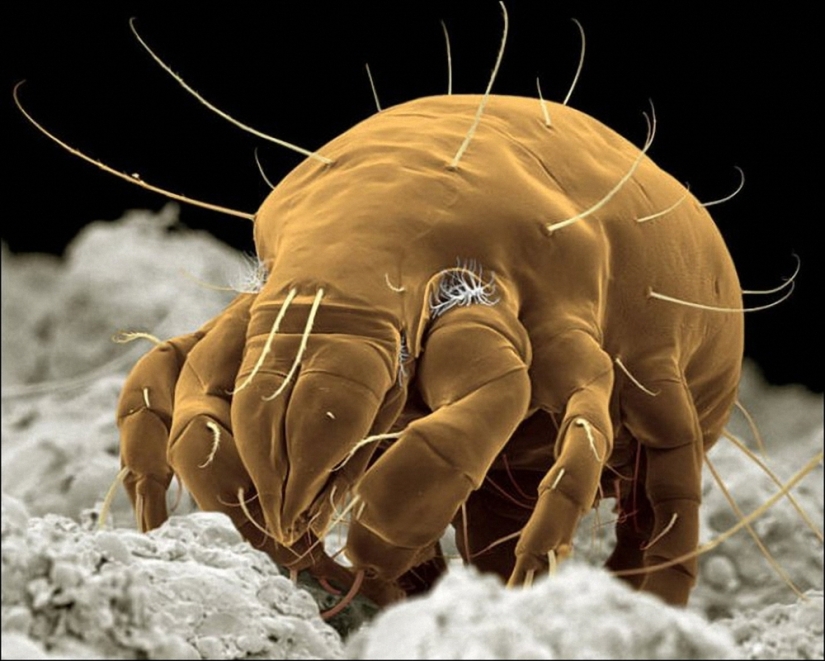
The best conditions for the tick are humidity over 60 percent and hot air. Therefore, there are always more of them in summer than in winter, and they are more common indoors than outdoors. Even in the most greenhouse conditions, the dust mite is unlikely to last longer than 30 days, but during this time the female will lay 30 eggs, and the male will produce feces 200 times its own weight. By the way, it is because of this that the weight of the mattress increases by 2 times over 10 years of use - dust, dead dust mites and their excrement add kilograms.
It is possible and necessary to fight dust mites in your bed. To do this, keep the humidity in the room at 30-50 percent, regularly carry out wet cleaning using a 20 percent solution of table salt or chlorine-containing detergents. And in winter, you can hang blankets and pillows on the balcony for a few hours — in the cold, dust mites die or fall into suspended animation. Keep clothes out of season in cellophane bags and use bedspreads and upholstered furniture in the bedroom less — there is no need for extra dust collectors.
Is the bed close to the wall? Do you have any black mold under the wallpaper or behind the suspended ceiling? In many apartments, especially in panel houses, the walls are inhabited by microorganisms Aspergillus niger, which cause allergies, asthma and other severe respiratory diseases.
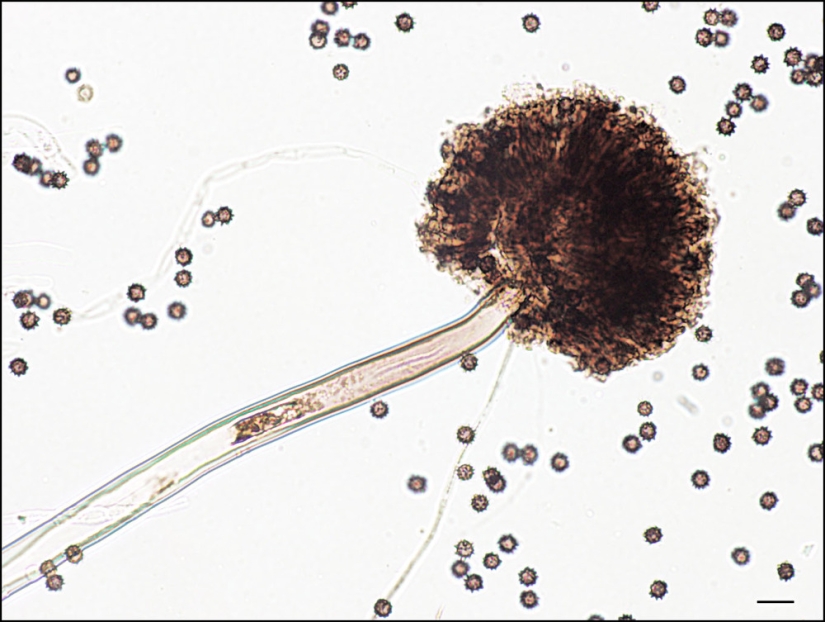
Of course, it's best to think about it before moving and cover the walls with an antiseptic primer. But if you don't have money for major repairs, and you still don't want to live with fungi, you can get rid of them with improvised means. For example, sprinkle a mold—affected section of the wall from a spray bottle with a solution of tea tree oil - a spoon on a glass of water. In addition, vinegar, baking soda, hydrogen peroxide and a concentrated solution of household soap containing alkali help to eliminate mold. The main thing is to put on not only gloves, but also a respirator during cleaning, and if possible cover all carpets and sofas in which spores cleaned from their homes can "hide".
Did you lower your legs off the bed and put them in fluffy slippers? Here the fungi Trichophyton mentagrophytes, Trichophyton rubrum, Epidermophyton floccosum are waiting for you. According to the World Health Organization, every fifth inhabitant of the planet suffers from fungal diseases, and the most common of them are mycoses of the feet and hands. It is very easy to get infected with a fungus — a sick person has a lot of spores in the epithelium, particles of which fall into the environment. The most dangerous places in terms of the likelihood of infection are swimming pools and public saunas. In addition, you should not wear someone else's shoes (including slippers at a party) or wear socks and tights for someone.
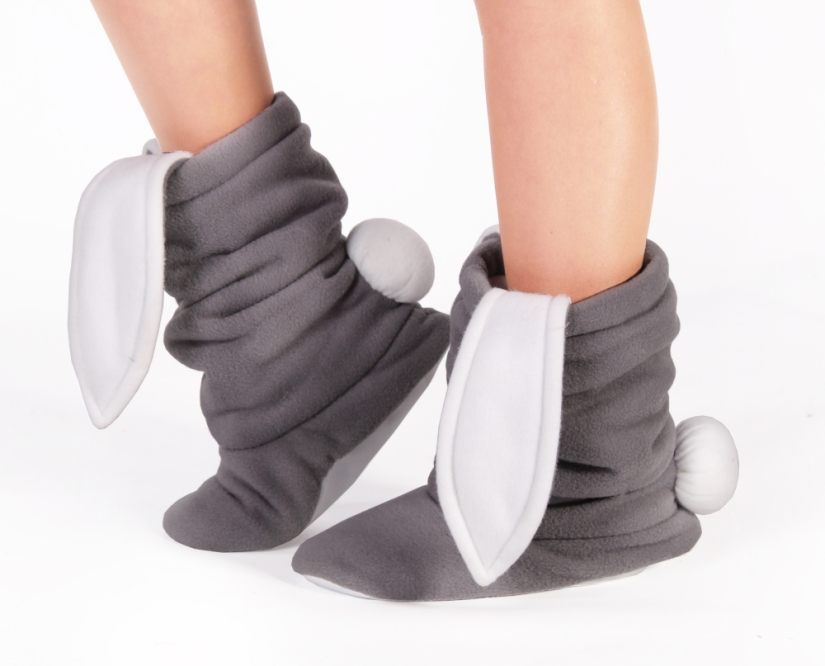
Fungal spores are in almost all of your slippers, and the fact that you still haven't gotten sick is a merit of good immunity. But if he weakens a little, irritation, cracks, bubbles and "crusts" on his legs are right there. Fungi are very sensitive to changes in the composition of sweat in the alkaline side and are immediately activated when the body fails. Vascular diseases and a lack of certain vitamins and trace elements in the body can also be the cause of an exacerbation of fungal infection.
Fungal infection likes a warm, humid environment, but is not afraid of frost. So taking the slippers to the balcony will not help you — only good washing at high temperatures (boiling is better). The ideal option is to wear socks at home (they are easier to boil) or change your home shoes once a month or a month and a half. And for shoes and boots, buy a disinfectant spray at a shoe store.
So, you sent the old slippers to the trash, you haven't bought the new ones yet and you think that now the danger has passed? As if not so! British scientists conducted a study of bedside mats and this summer published the results of laboratory tests. It turned out that your legs, hanging off the bed, get into a real mess of staphylococci, E. coli and other bacteria that can cause, for example, pneumonia and diseases of the gastrointestinal tract. However, the British, in whose homes samples were taken, as it turned out, are very dirty — about 40 percent of them wear street shoes at home. But changing shoes in the hallway will not save your bedside rug from bacteria.
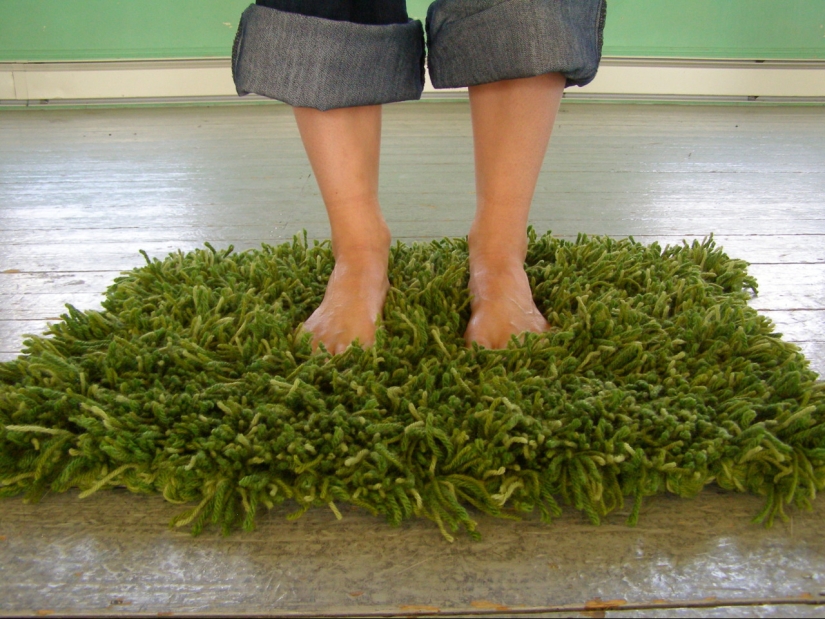
Ideally, of course, all mats in the house should be made of plastic — for example, such as those used in gyms for yoga. If bright and easy—to-clean paths do not fit into the interior in any way, choose carpets with short artificial pile - they are easier to wash with antibacterial shampoo.
Recent articles

This kotmadam not sorry neither forces, nor means to that beloved furry face was happy. In Switzerland, the cats are so sensitive ...

What comes to mind when you mention St. Petersburg? Naturally, the unique architecture, the dank weather and the culture that this ...

From the outside it seems that success comes easily. But in fact, behind it there is usually hard work, many failures and, often, ...